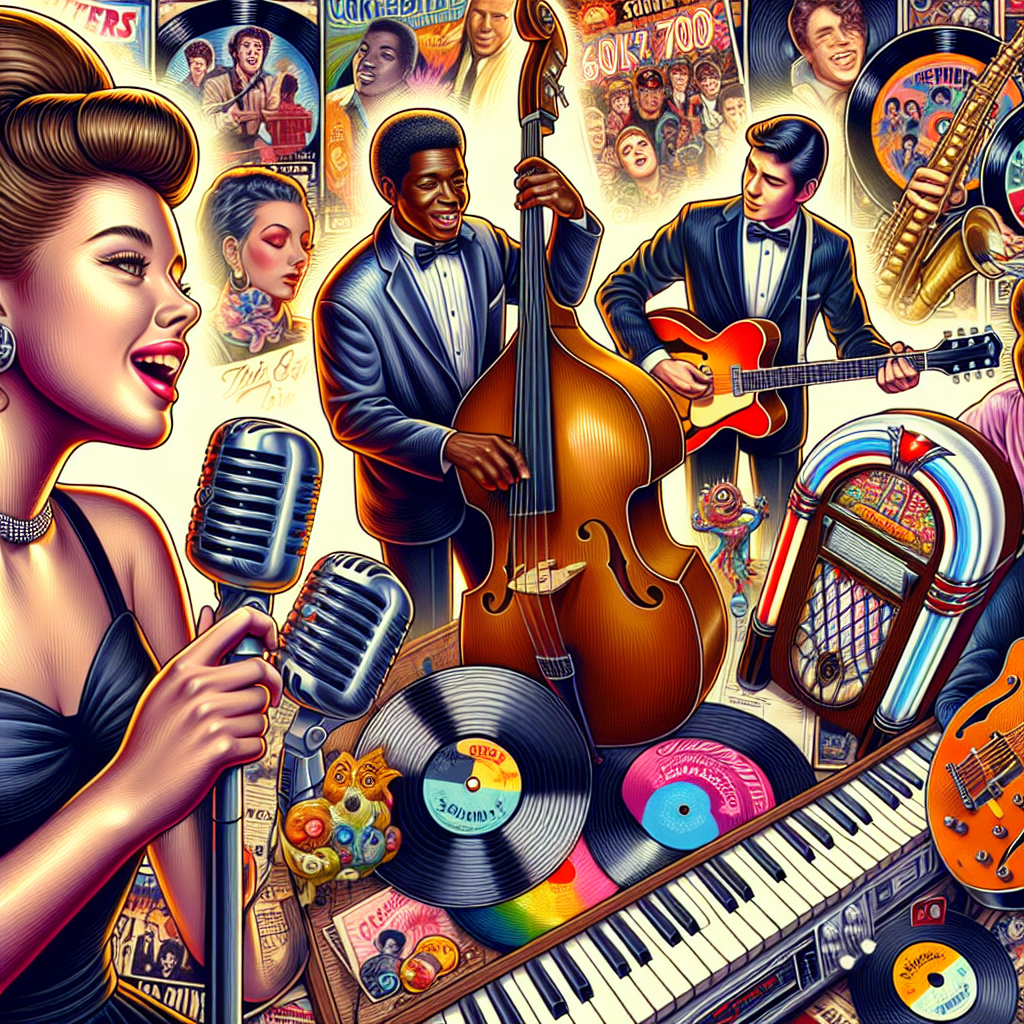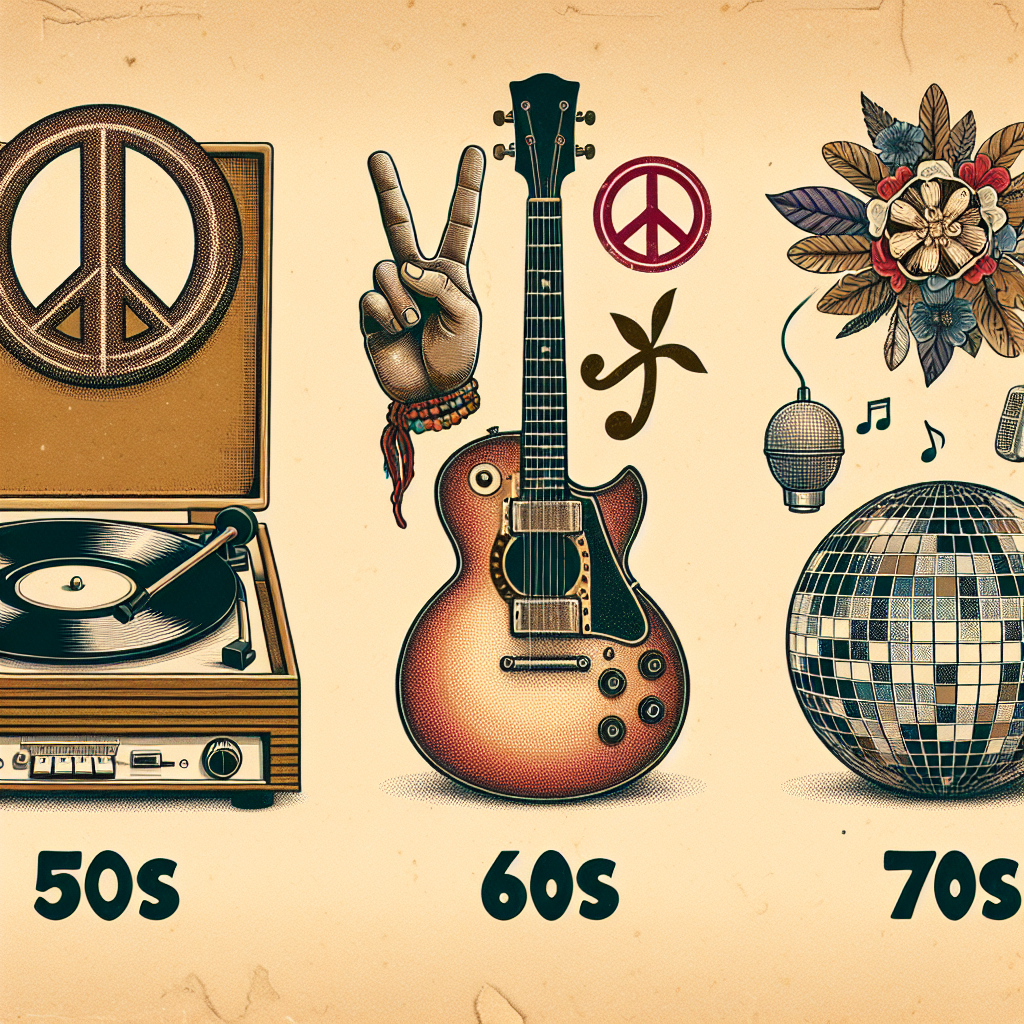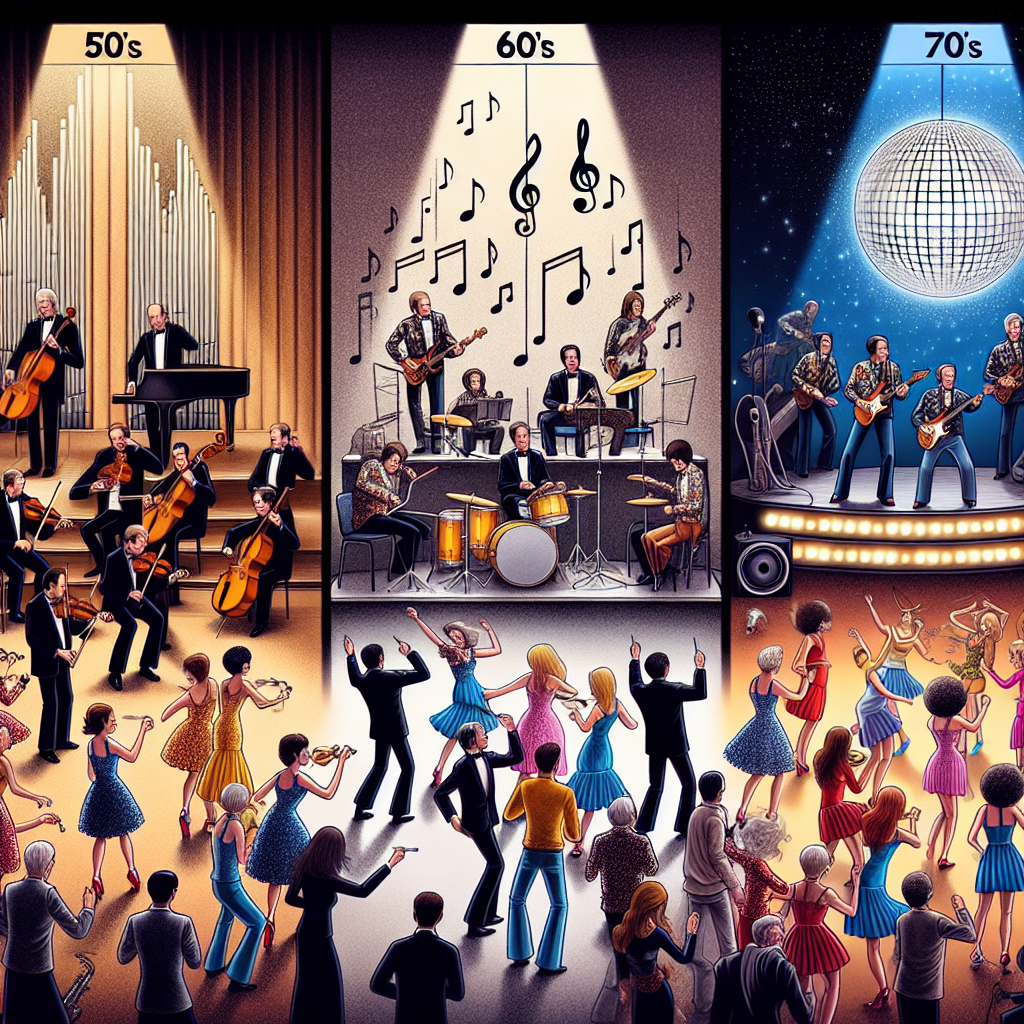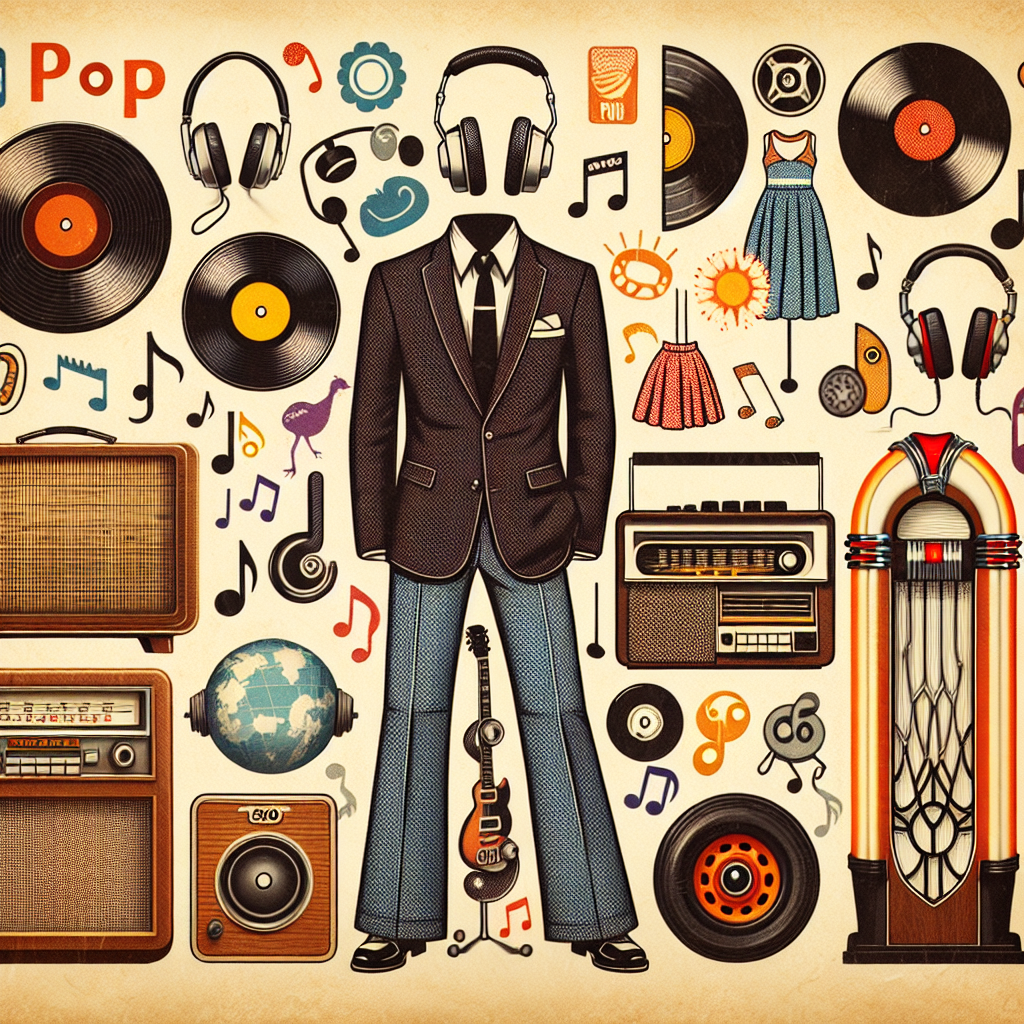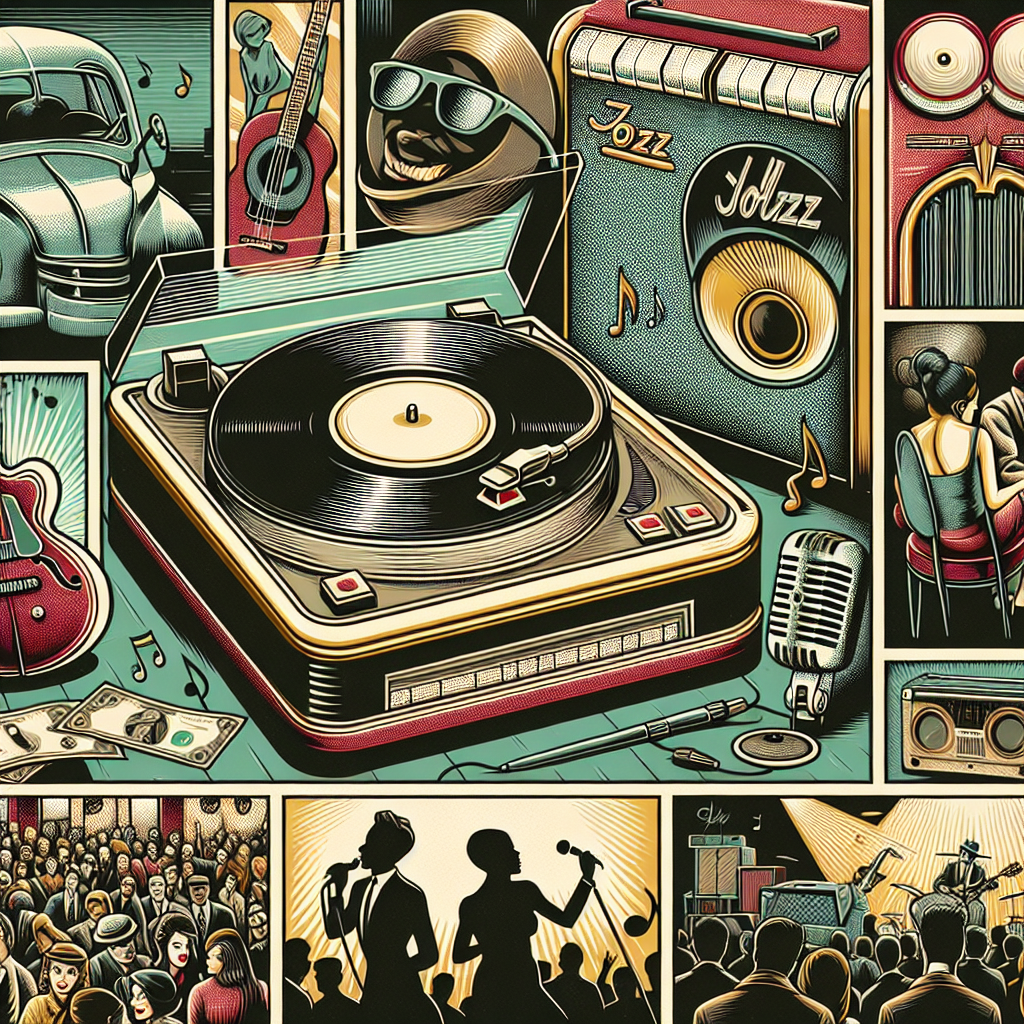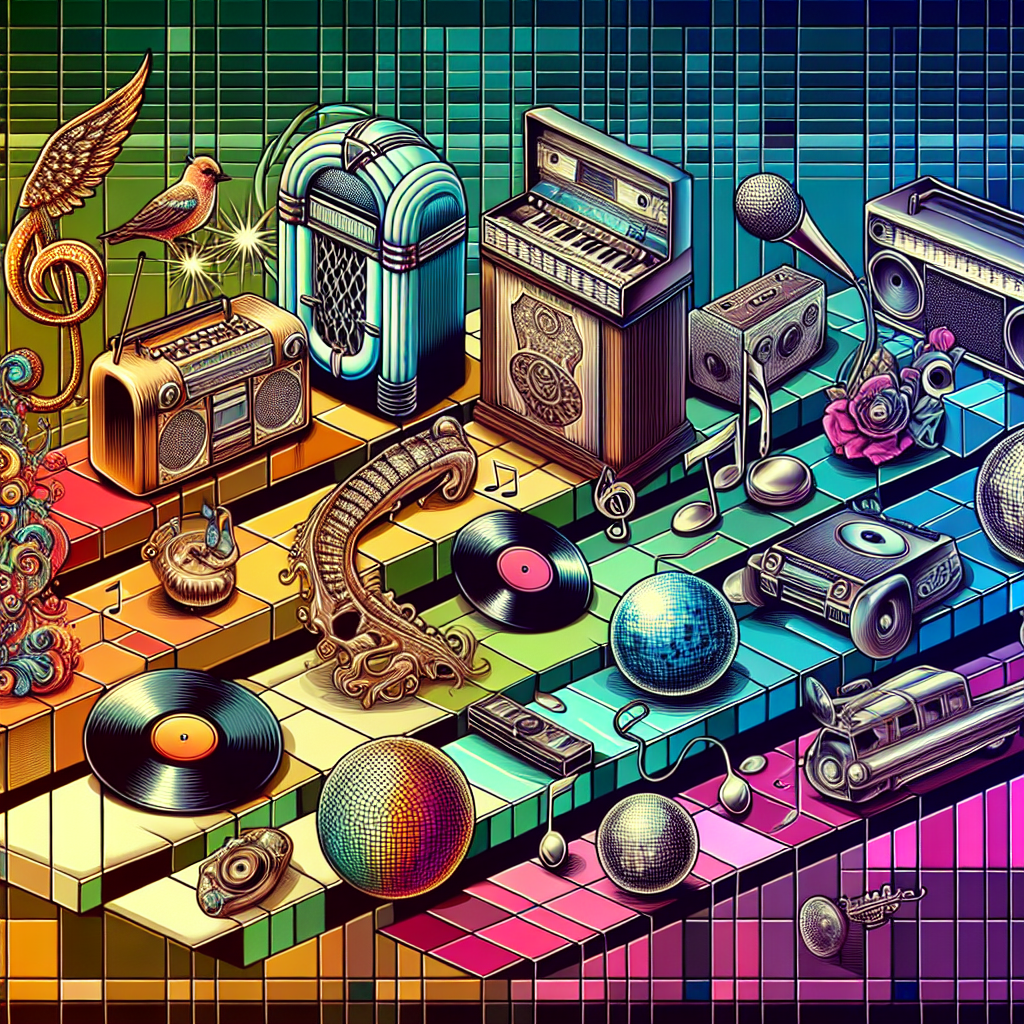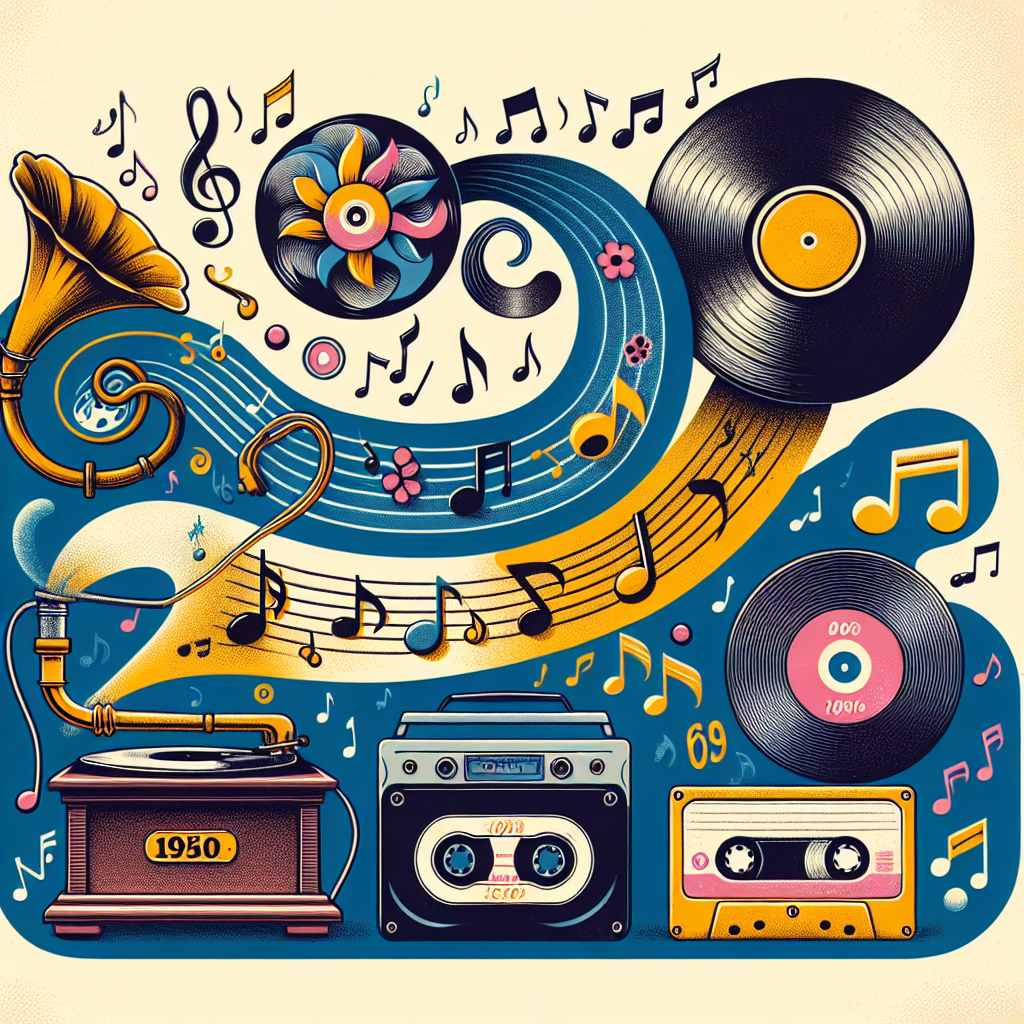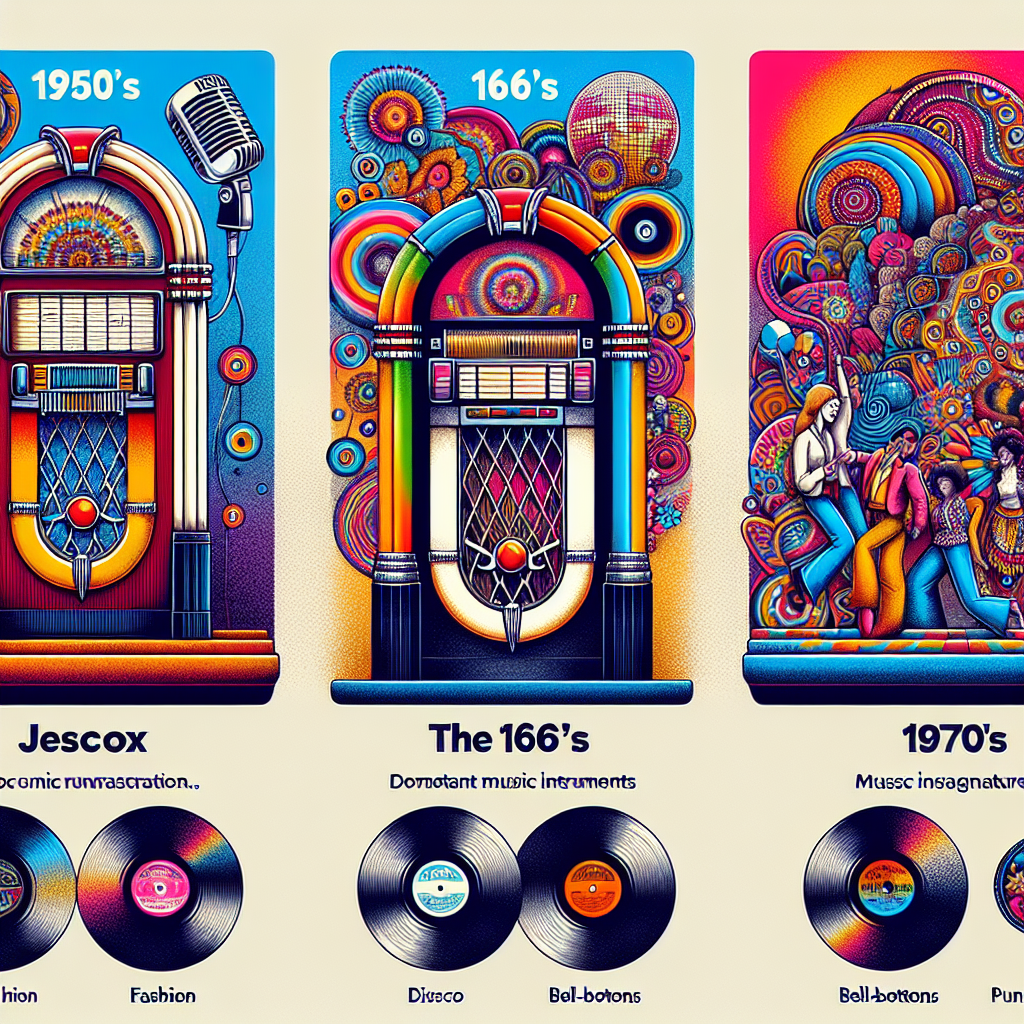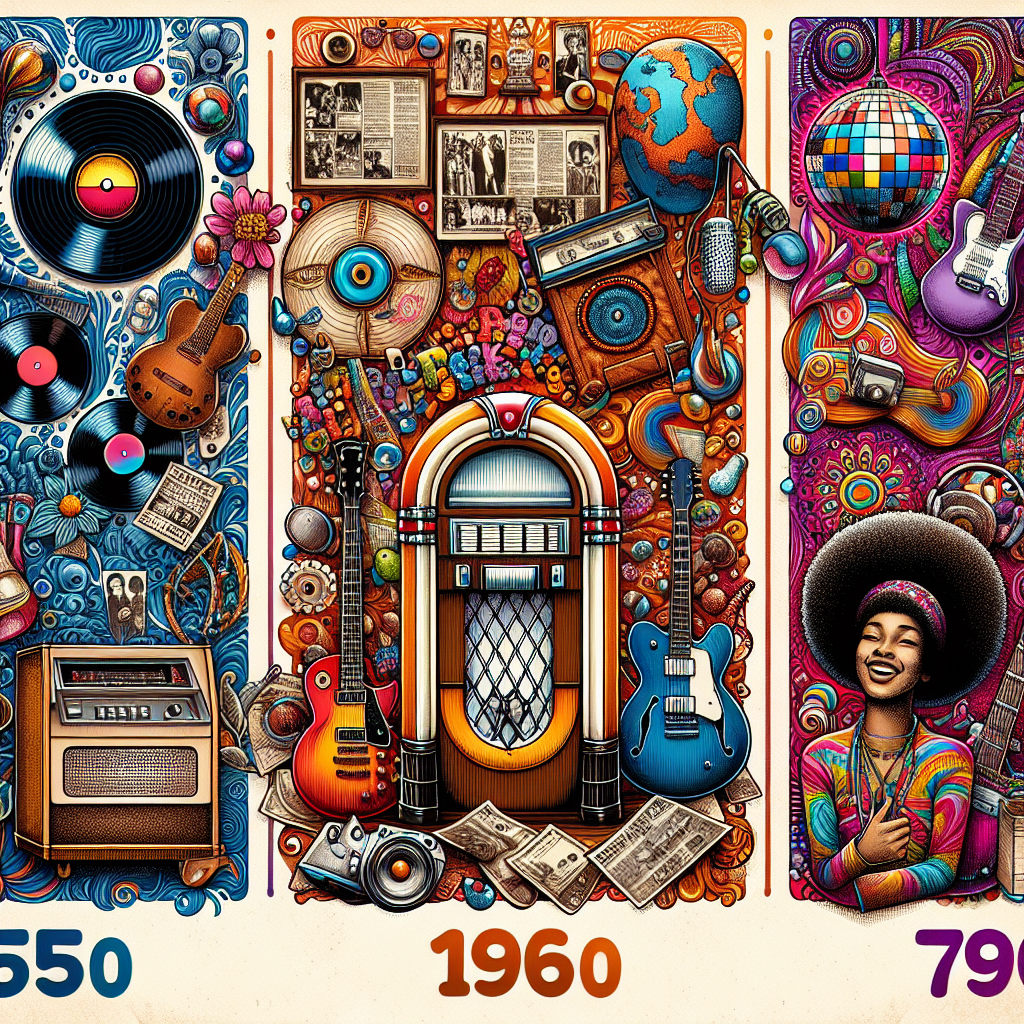Rock and roll music has always been a powerful force in shaping culture, influencing fashion, and even impacting politics. As we look back at the evolution of rock and roll from the 1950s to the 1970s, it’s clear that this genre has had a lasting impact on society as a whole.
The 1950s: The Birth of Rock and Roll
In the 1950s, rock and roll emerged as a new form of music that blended elements of rhythm and blues, country, and gospel music. Artists like Elvis Presley, Chuck Berry, and Little Richard brought this new sound to the masses, creating a cultural revolution in the process.
Rock and roll quickly became associated with rebellion and youth culture, with teenagers embracing this new form of music as a way to express themselves. This shift in musical tastes also had an impact on fashion trends, with leather jackets, jeans, and pompadour hairstyles becoming popular among young people.
The 1960s: The Golden Age of Rock
By the 1960s, rock and roll had evolved into a more diverse genre, with bands like The Beatles, The Rolling Stones, and The Beach Boys pushing the boundaries of what was possible in popular music. These bands not only created timeless songs that are still beloved today but also used their platform to address social issues.
During this time, rock musicians began speaking out against war, racism, and other injustices. Songs like Bob Dylan’s “Blowin’ in the Wind” and Creedence Clearwater Revival’s “Fortunate Son” became anthems for those protesting against the Vietnam War. Politicians took notice of this cultural shift and even tried to co-opt it for their own purposes.
The 1970s: Rock Goes Mainstream
By the 1970s, rock had firmly established itself as one of the dominant forms of popular music. Bands like Led Zeppelin, Pink Floyd, and Queen were selling out stadiums around the world while pushing musical boundaries in ways never seen before.
Technology also played a significant role in shaping the sound of rock music during this decade. Advances in recording technology allowed artists to experiment with new sounds and techniques, leading to groundbreaking albums like Pink Floyd’s “The Dark Side of the Moon” and David Bowie’s “Ziggy Stardust.”
The Legacy of Rock Music
Looking back at the evolution of rock music from the 1950s to the 1970s shows just how far this genre has come. What started as a rebellious form of music embraced by teenagers has grown into a global phenomenon that continues to influence culture today.
Rock music has not only shaped fashion trends but also played a role in shaping political discourse. Artists have used their platform to speak out against injustice while inspiring generations of fans to do the same.
As we continue into the future, it’s clear that rock music will always have a place in our hearts. Its ability to connect people across generations and cultures is truly remarkable. So let’s celebrate the evolution of rock and roll music and all it has done for us over the years!
